When choosing the ideal laser cutting service or punching service for your application, quality, cutting-edge technologies, and customer service are a top priority. However, often overlooked and underappreciated when approaching a full-service metal fabrication shop to manufacture your application is how much it pays to select a company that knows your industry and what it is you are trying to make. Extol is a full-service metal fabrication shop that builds successful relationships with clients in large part due to over 20 years of experience in creating customs applications for numerous industries — automotive and transportation, electronics and telecommunications, construction, oil and gas, medical and healthcare industries, and more. Our state of the art Laser's can handle the most challenging production runs, cutting a wide variety of materials varying in gauge and dimension
|
The sheet metal forming process is instrumental in the fabrication and manufacturing of parts and components. A sheet metal forming process involves reshaping a metal while it is still in its solid state. The plasticity of certain metals makes it possible to deform them from a solid piece into a desired form without losing the structural integrity of the metal. The 6 more common forming processes are bending, curling, ironing, laser cutting, hydro forming, and punching. Each process is accomplished through cold forming without heating or melting the material first to reshape it.
Here’s a closer look at each technique: If manufacturing your product requires cutting a shape out a sheet metal, you will face several processing options. Some factors to consider when evaluating the suitability of a process include: material type, material thickness, part geometry, required edge quality, throughput, tolerable level of heat input or mechanical force, dimensional tolerance, capital costs, and operating costs.
The most popular traditional sheet metal techniques are shearing-type cutting (e.g. punching), waterjet, plasma and lasers. Waterjet cutting was commonly used in industrial applications in the 1930s, while plasma cutting made its debut in the 1960s. Laser cutting was introduced in the 1970s. It is difficult to date shearing-type cutting methods, as some of its variations go back to ancient times. In 2016, the laser cutting was the largest segment of metal cutting machine sales in the world. Comparing the cutting processes is the best way to understand what factors have been attracting a major number of fabricators to use lasers for cutting sheet metals. Instead of listing pros and cons for every process, here is a brief one-to-one comparison between cutting and the alternative process. In many cases, engineers and designers often overlook the benefits of stainless steel, mainly due to its higher cost. However, the benefits associated with stainless steel will often justify the initial investment, as the material can offer the greatest value over the life of a fabrication project.
What Exactly is Stainless Steel? According to the British Stainless Steel Association, stainless steel is an alloy of iron with a minimum of 10.5% chromium.” Chromium produces a thin layer of oxide on the surface of the steel, which is known as the “passive layer.” The chromium present in the steel is what allows the steel to be corrosion-resistant, creating a durable and invisible surface. In the world of manufacturing, the term “lead time” is used to define the period between when an order is placed and when that order is complete (i.e. ready for pick up or delivery.)
Lead time in manufacturing is important for all parties involved, as it ensures that orders are placed and fulfilled according to a predictable timetable established at the outset. Depending on what is being produced and the processes which it requires, lead times can be fairly standard throughout the industry, but there are always circumstances that could extend or shorten production lead times. Knowing what goes into determining lead time can be extremely beneficial when quoting jobs or placing orders, and there helpful steps to consider when expediting lead time is a priority. There are many methods and machines capable of cutting parts, but one of the most effective, efficient and affordable approaches is known as water jet cutting. Water jet cutting is the preferred operation for many manufacturers looking to cut high-quality parts without adverse material effects that can come into play when relying on other cutting methods.
A water jet uses a concentrated mixture of water and garnet (fine sand) that is sprayed through a small orifice at extremely high pressure (50,000-60,000 psi.) The result is an extremely fine cutting stream, capable of passing through nearly any type of material with little hardness/thickness restrictions. As with other CNC style machines, a water jet uses CAD data to follow designated tool paths as well as varying cut types/qualities to adjust for speed, depth of cut, etc. The water jet is an incredibly effective piece of machinery, and it is gaining popularity across the industry as more manufacturers and engineers are learning of its unique capabilities and benefits. Below, we will dive deeper into several of the advantages of water jet cutting, as well as how the water jet stacks up against more conventional cutting options.  When searching for a company to handle your metal fabrication project, cost is a major factor. You might be tempted to choose the lowest quote you find in order to save money. However, cheaper isn’t always better with these quotes. Unfortunately, you’ll often find that the lowest quote, especially a quote significantly lower than all other quotes, will cost you more in the long run. Here are some of the reasons you shouldn’t always choose the cheapest metal fabrication quote. Not All Fabrication Companies Are Equal One of the biggest mistakes you can make when choosing a metal fabrication company is assuming that all companies are equal. If this were the case, the cheapest quote would be the best quote. However, companies have different levels of experience and different qualifications. Different companies will also have different scales of operations, which can often affect the speed at which your project is finished. It’s important to choose a company with enough experience to get your job done right. How the abrasive, tool and technique help get your project to the finish line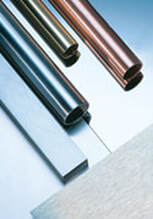 Designing, fabricating, assembling, finishing, and cleaning equipment for food-grade applications, regardless of the alloy used, has a myriad of requirements that must be met every step of the way. The term food grade and its many variants refers to surfaces that have a sanitary finish—a finish that is safe for processing food products and can easily and reliably be cleaned and sanitized. The grinding, sanding, and finishing of food-grade stainless steel must result in surfaces devoid of areas that encourage bacteria growth. The surfaces must be free of lines, grooves, pits, or divots. Additionally, the surfaces must withstand corrosion from the food being handled and the chemicals used to sanitize the equipment. Also note that stainless steel isn’t a single material; many stainless alloys are used in food-oriented applications. Metal fabrication is a very involved process. From cutting to welding to polishing, there are many different operations involved in the metal fabrication process. Although there are different companies that can handle different parts of the job, for the best product it’s better to deal with a single, all-encompassing metal fabrication company. Here are some reasons why you should use one metal fabrication company to handle your entire project.
Every time you get in a car, pick up the phone, handle a tool or turn on an electronic appliance, you are looking at the result of custom metal fabrication.
Our economy relies on metal fabrication processes. Without it, we wouldn’t be able to run our electrical systems or create the parts that keep our houses, kitchens, businesses, computers, and vehicles operational. However, it is difficult for many of us to understand what precision metal fabrication entails, as well as all of the areas of our lives it affects. This article will explain the essentials of metal fabrication: its definition, history, process, benefits, types, and applications. By the end, you will have a more in-depth understanding of how crucial this process is to civilization and how many different parts of our lives it touches. What Is Metal Fabrication? Metal fabrication is the process of manufacturing sheet metal and other flat metals to make it conform to specific shapes. It takes place through cutting, stamping, shaping, folding and welding. |
Archives
August 2021
Categories |
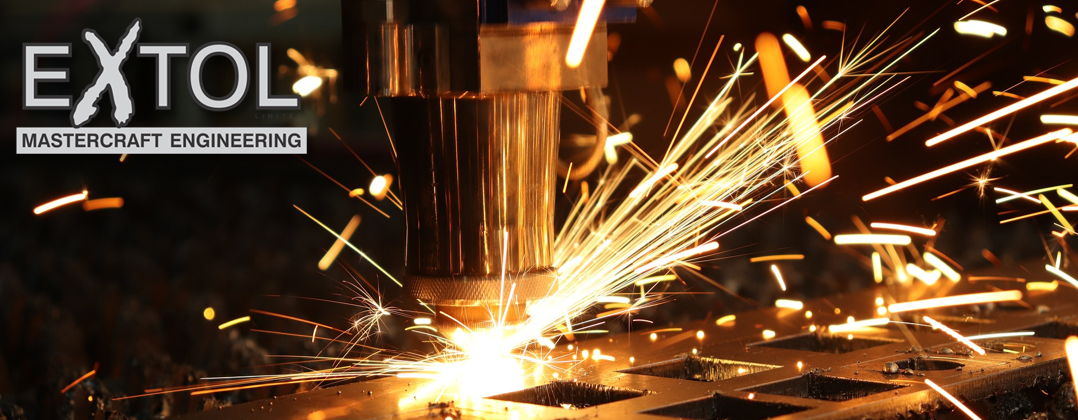
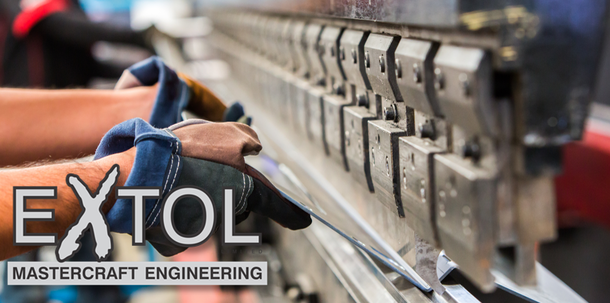
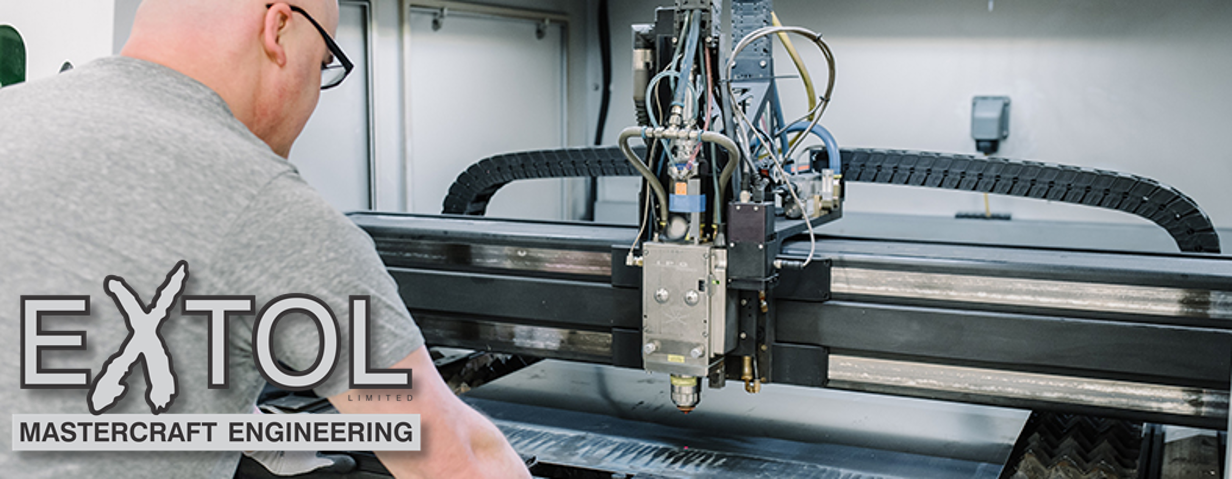
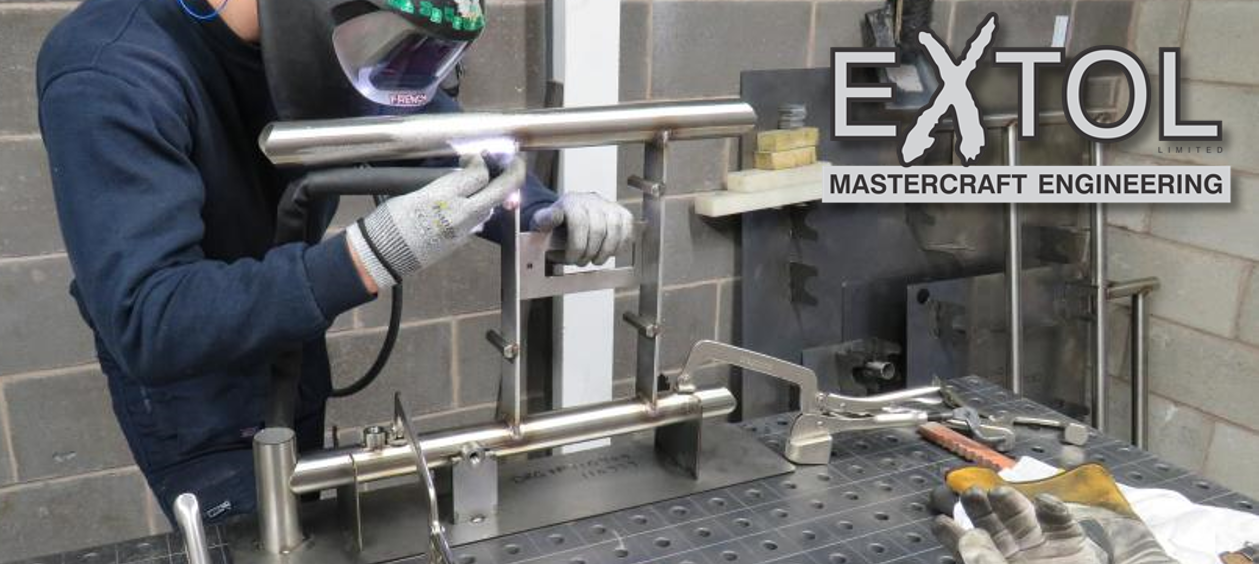
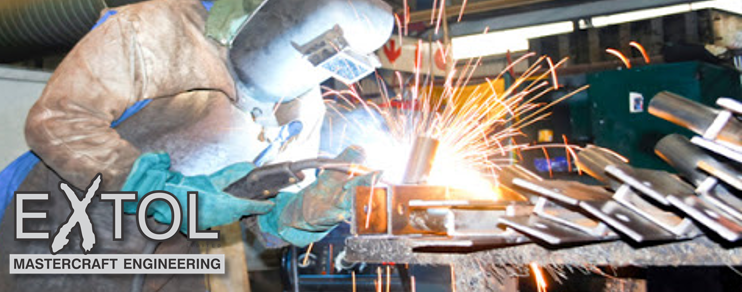

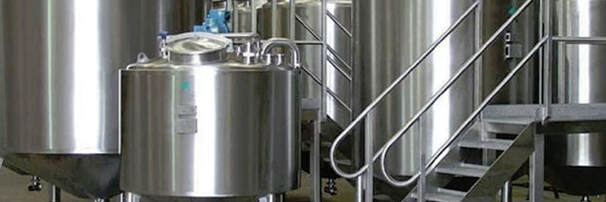

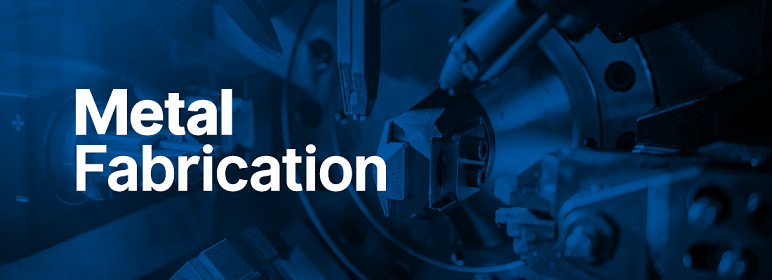
 RSS Feed
RSS Feed